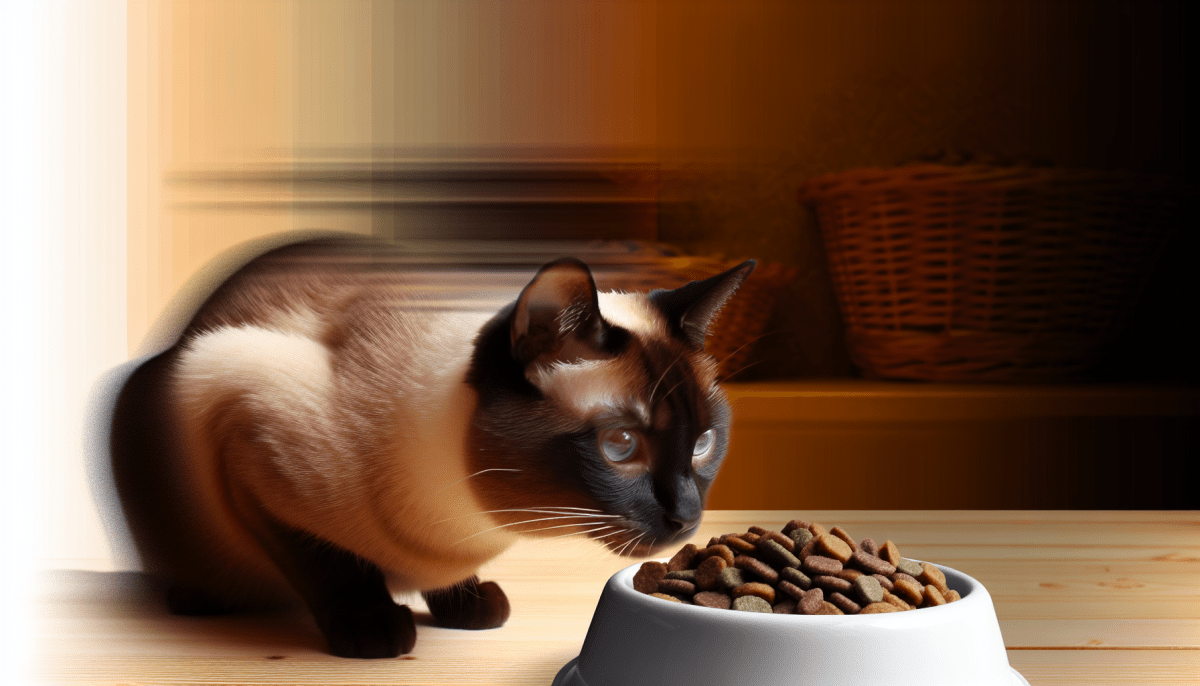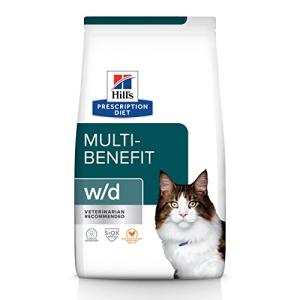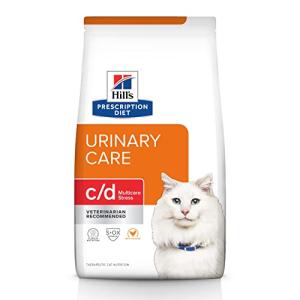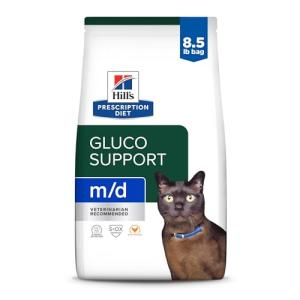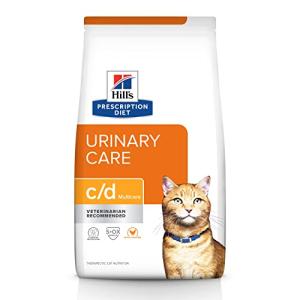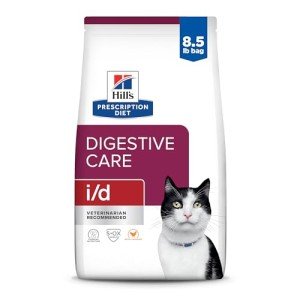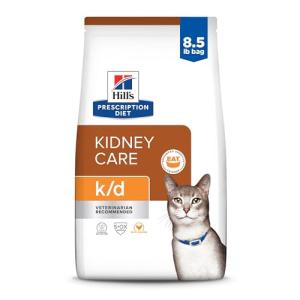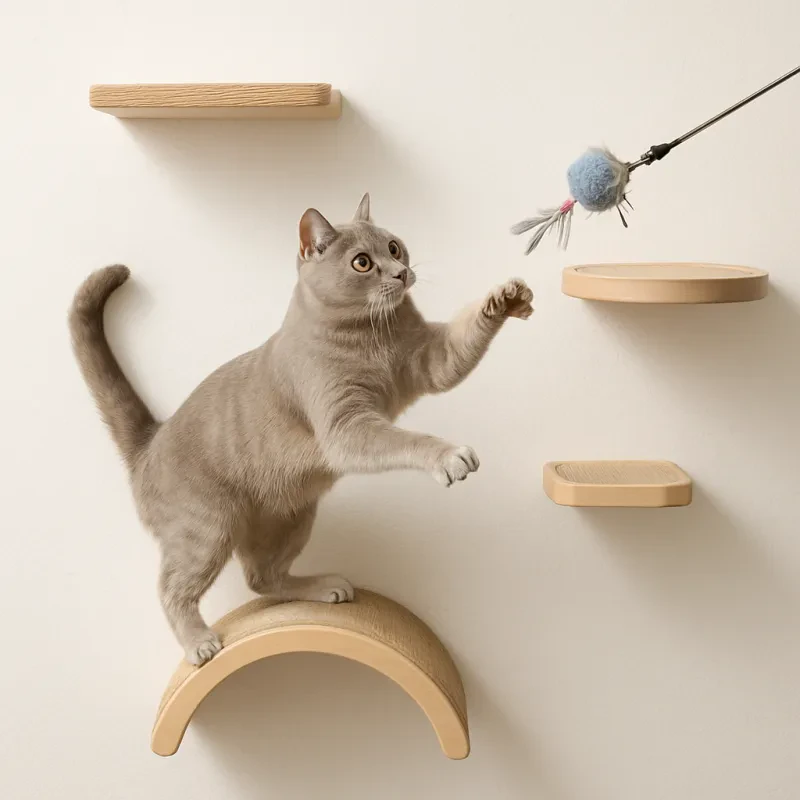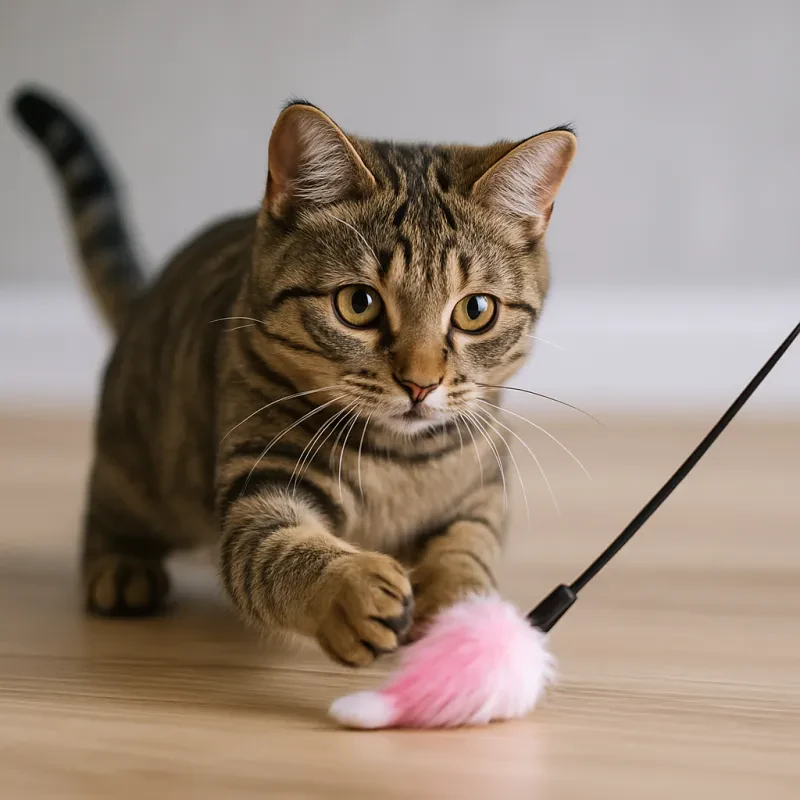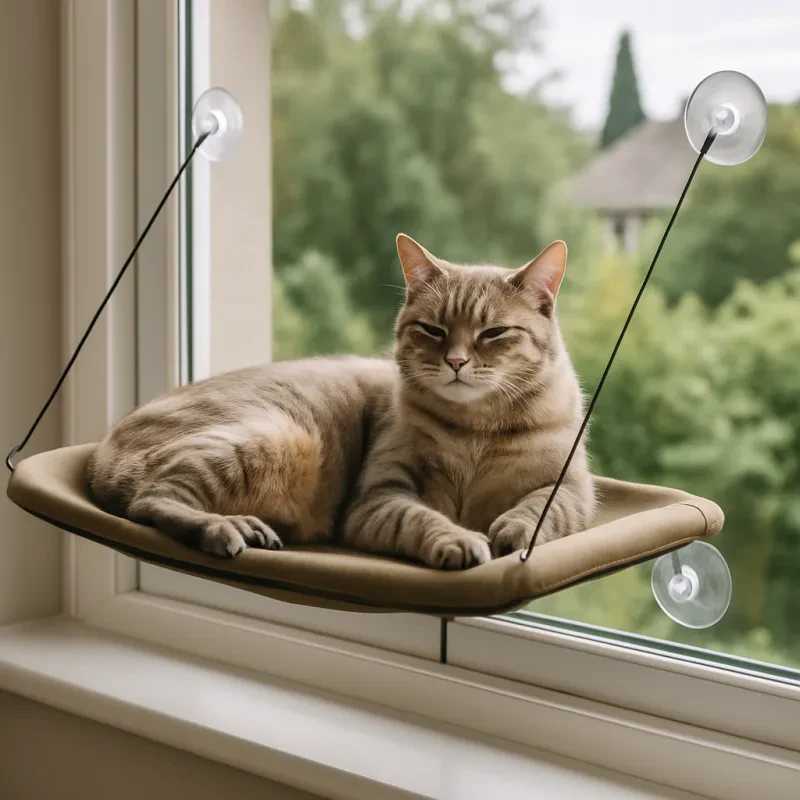Look for high-quality cat food that lists meat as the primary ingredient. Cats are obligate carnivores, meaning their bodies are designed to thrive on animal proteins. Whether you choose dry kibble or wet food, make sure it provides a balanced formula with essential vitamins and minerals. Avoid foods with excessive fillers, artificial preservatives, and by-products, as these can contribute to health issues down the line.
As you start to transition cat to new diet, it's crucial to mix the new food with the old gradually. Begin with a small ratio of the new food to the old—about 25% new and 75% old. Over the course of a week or two, gradually increase the amount of new food while decreasing the old. This slow approach helps your cat adjust without causing digestive upset and gives them time to develop a liking for the new flavor.
Always observe your cat's reaction during this transition. Keep an eye on their eating habits, energy levels, and overall health. If you notice any signs of distress, such as vomiting or diarrhea, consult your veterinarian immediately. Remember, every cat is different, and what works for one may not work for another, so be patient as your cat becomes accustomed to their new diet.
Understanding Your Cat's Dietary Needs
When considering a new diet for your feline friend, it’s essential to look for high-quality cat food that contains a good balance of protein, carbohydrates, and fats. Ingredients like chicken, turkey, or fish should be at the top of the list. Additionally, vitamins and minerals play an important role in providing your cat with a complete and balanced diet, so make sure the food meets these standards. Always check the label for AAFCO (Association of American Feed Control Officials) statements, which indicate that the food is safe and nutritionally adequate for your cat.
Be mindful of your cat's age, weight, and health status when planning to transition cat to new diet. For instance, kittens have different nutritional requirements compared to adult or senior cats. Always consult with your veterinarian for personalized advice tailored to your cat’s needs. They can provide recommendations on portion sizes, potential allergies, and any medical concerns that may influence diet changes.
Finally, when you begin the transition, do it gradually. Start by mixing a small amount of the new food with the current food, slowly increasing the proportion of new food over several days or even weeks. This method can help prevent gastrointestinal upset and allows your cat to adjust to the new flavors and textures. Being patient and attentive during this transition is key to ensuring your cat embraces their new diet with enthusiasm!
Gradual Changes for a Successful Switch
When it comes to changing your cat's diet, a gradual approach is key. Cats can be quite sensitive to changes in their food, which is why it's important to transition your cat to a new diet slowly. A sudden switch can upset their stomach and lead to unnecessary stress for both you and your feline friend.
Start the transition by mixing a small amount of the new food with your cat's current food. Begin with a ratio of about 75% old food to 25% new food. This will give your cat a chance to adjust to the new flavor and texture without overwhelming their system. Monitor their response closely—watch for any signs of discomfort or refusal to eat. If all goes well after a few days, gradually increase the proportion of new food.
As you continue this process, make adjustments according to your cat's preferences and tolerance. You can change the ratio to 50/50 after a week, and then to 75% new food and 25% old food if your cat is accepting the change. This gradual shift not only helps to minimize digestive issues but also allows your cat to become accustomed to the new diet at a comfortable pace.
Remember that patience is essential during this time. Every cat is unique, and some may take longer to adapt to the new diet than others. Keeping the process calm and stress-free will help ensure a successful transition. With the right approach, transitioning your cat to a new diet can be a smooth and positive experience that leads to a healthier, happier feline.
Monitoring Your Cat's Response to New Food
When you decide to transition your cat to a new diet, it’s important to monitor their response closely. Cats can be quite sensitive to changes in their food, so keeping an eye on how they react during the transition is crucial. Start by observing their eating habits. Are they excited to eat the new food, or do they seem hesitant? These early signs can help you gauge how well your cat is adjusting.
Another key aspect to monitor is your cat’s digestion. Pay attention to any changes in their litter box habits. Is there an increase in vomiting or diarrhea? These could be signs that the new food isn’t sitting well with your kitty. If you notice any drastic changes, it may be necessary to slow down the transition process or consult your veterinarian for advice.
Additionally, watch for any changes in your cat's behavior. A playful, energetic cat is usually a happy cat. If your feline friend becomes lethargic or withdrawn after you start the new food, it could indicate they are not adjusting well. Tracking their mood and energy levels can provide valuable insights as you work to transition your cat to a new diet.
Finally, keep an eye on the overall health indicators such as coat condition and weight. A healthy cat will have a shiny coat and maintain a stable weight. If your cat looks dull or is losing weight too quickly, these are potential red flags that the new food may not be suitable. Remember, every cat is unique, and taking the time to monitor these factors will help ensure a smooth transition to their new diet.
Hill's Prescription Digestive/Weight/Glucose Management Dry Cat Food
Nutritious and Delicious Cat Food for Optimal Digestion, Weight Management, and Glucose Control
Product information
$34.99
Product Review Score
4.28 out of 5 stars
95 reviewsProduct links
Hill's Prescription Diet c/d Multicare Stress Urinary Care 8.5 lb Bag
: Specialized nutrition for cats with stress-related urinary issues
Product information
$73.99
Product Review Score
4.69 out of 5 stars
223 reviewsProduct links
Hill's m/d GlucoSupport Chicken Dry Cat Food, 8.5 lb
Bag for Feline Diabetes Management and Weight Loss
Product information
$73.99
Product Review Score
4.82 out of 5 stars
155 reviews